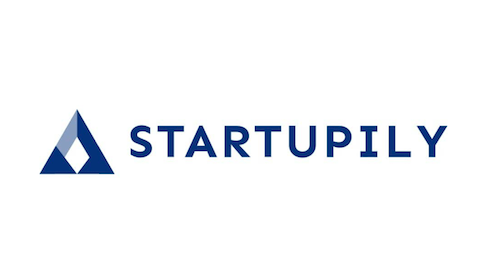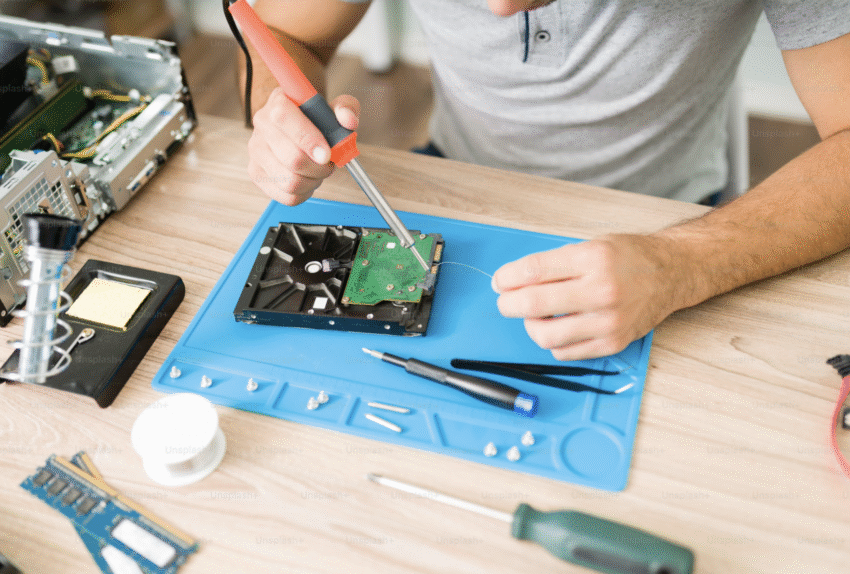Moving a hardware concept beyond the hack‑bench and into factory lines is like swapping a surfboard for a container ship: the horizon gets bigger, but mistakes become heavier and more expensive. Teams accustomed to fast‑and‑loose iteration suddenly face minimum order quantities, customs paperwork, and auditors with clipboards. This phase can either magnify the elegance of an early design or expose every corner that was cut. Anticipating the hidden drains on capital at each step gives founders the leverage they need to negotiate, schedule, and scale with confidence.
Ignoring Scalability in Early Hardware Designs
A breadboard that delights investors can bankrupt you in volume if the bill of materials doesn’t shrink before tooling. Component reduction, snap‑fit enclosures, and standard fasteners all pay compounding dividends. Treat design‑for‑manufacture (DFM) reviews as milestone gates and simulate assembly with digital twins to uncover screw counts and cycle times that will otherwise sneak onto your balance sheet later.
Underestimating Hardware Tooling and Mold Costs
Injection‑mold masters, progressive dies, and pick‑and‑place trays often out‑price the first production run. What stings even more is “tooling drift” – the cascade of design tweaks that forces a complete recut. Lock critical dimensions with tolerance studies before releasing any purchase order. Where volumes are still uncertain, explore soft or modular tooling that can be re‑shimmed instead of scrapped.
Overlooking Regulatory and Compliance Expenses
EMC emissions, battery transport rules, and regional safety marks (CE, UL, KC, BIS) come with laboratory fees and documentation. Budget not only for the test itself but for failure loops; re‑testing after a late PCB spin can double the line item. Embed compliance checkpoints in the product roadmap and engage a certified lab early to preview likely failure modes.
Not Accounting for Precision Manufacturing Techniques
Fine‑pitch shields, micro‑fluidic channels, or decorative meshes might require laser ablation, micro‑milling, or chemical etching—techniques whose per‑unit impact multiplies in the thousands. Running small pilot lots with alternative processes clarifies whether a premium method is truly necessary or if thoughtful tolerancing could let you switch to a cheaper process without performance loss.
Misjudging Supply Chain Complexities
A single custom screw delivered late can idle an entire SMT line. Currency swings, geopolitical tariffs, and freight class changes reshape landed costs daily. Map tier‑two component origins, maintain alternate approved vendors, and secure bonded inventory for items with 26‑week lead times. Build slack into the schedule for port congestion instead of paying ruinous express‑air premiums.
Underinvesting in Quality Hardware Assurance and Testing
Every fault that escapes into the field returns as a warranty claim, review downgrade, and brand hit. High‑Accelerated Life Testing (HALT), boundary‑scan diagnostics, and in‑circuit programming fixtures feel slow during pilot builds but slash rework hours later. Incentivize contract manufacturers with shared yield targets so that quality becomes a joint metric, not a line‑item dispute.
Miscalculating Production Volume and Forecasting Demand
Mistiming demand turns warehouses into cash coffins or leaves shelves bare during a press launch. Use rolling forecasts keyed to marketing funnel data and gate mass‑production releases behind a statistically significant pilot run. Structured drop‑shipping partnerships can buffer spikes without forcing a maxi‑run of hardware that may sit unsold while its chipset goes end‑of‑life.
Scaling a physical product is less a sprint than a sequence of informed bets. When each of the seven traps is surfaced early—priced, scheduled, and assigned to accountable owners—capital efficiency improves, and engineering morale stays high. Investors notice disciplined operations long before they see margin sheets.
The startups that graduate from “cool prototypes” to sustainable businesses are the ones that budget for best‑case scenarios. By weaving cost awareness into design reviews, supplier conversations, and growth forecasts, founders convert hidden expenses into planned investments and keep their runway pointed toward the shipping dock, not the scrap heap.
- Driving Sustainability Forward: How ESG Reporting Technology Helps Companies Lead With Purpose
- Creating A Hygienic Environment: Three Of The Most Important Aspects Explored
- How to Grow Your Career Through the Many Stages of Self-Employment
- How To Give Your Marketing Campaign More Impact
- 3 Operational Tips For The Closure Of An Unsuccessful Business

